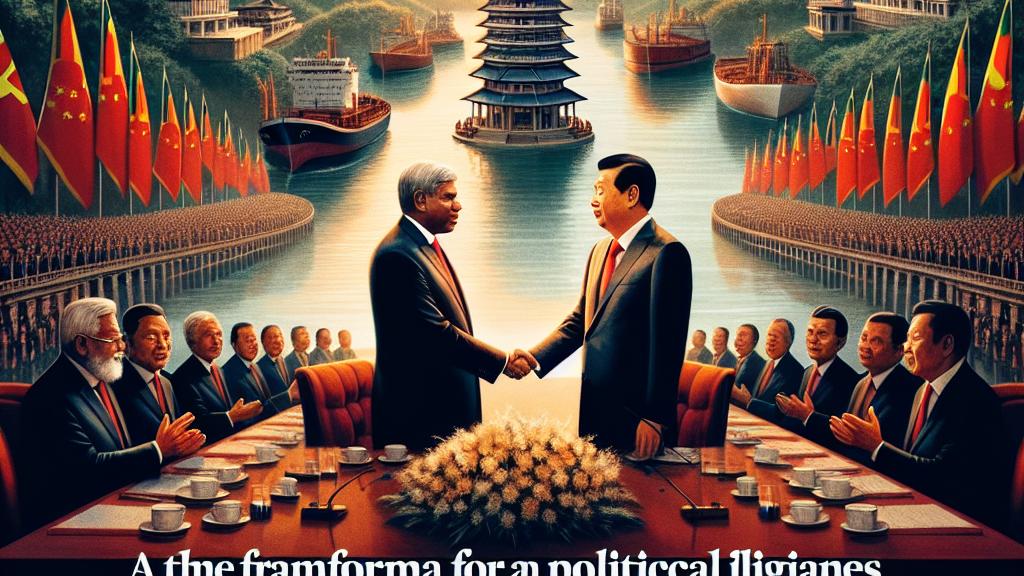Xi Jinping Seeks Enhanced BRI Ties with New Sri Lankan Leadership
Overview
- President Xi Jinping is eager to expand Belt and Road Initiative (BRI) cooperation with Sri Lanka, welcoming the newly elected leader, Anura Kumara Dissanayake.
- Sri Lanka is slowly recovering from a significant economic crisis, exacerbated by heavy reliance on Chinese-funded projects like the Hambantota port.
- With a focus on restoring public confidence in governance, Dissanayake is exploring meaningful partnerships that foster both economic growth and political stability.

A New Chapter in Sri Lanka-China Relations
In the stunning backdrop of Sri Lanka, a transformative political shift is underway. Anura Kumara Dissanayake, the newly elected president, has stepped into office with a clear vision for rebuilding the nation. Recently, he was greeted by Chinese President Xi Jinping, who is keen to renew alliances and deepen cooperation under the ambitious Belt and Road Initiative (BRI). This isn't merely a collection of projects; it represents a bold strategy to reshape trade routes and enhance economic connectivity across continents. Xi's enthusiasm is evident in his remarks, where he expressed optimism for a future marked by fruitful collaboration. This moment could redefine the historical partnership between China and Sri Lanka, paving the way for extensive infrastructure investments and renewed trust between the two nations.
BRI's Mixed Legacy in Sri Lanka
However, the BRI's legacy in Sri Lanka is a tapestry woven with both promise and peril. Critics highlight catastrophic missteps, particularly involving the Hambantota port—a project that has become emblematic of the 'debt trap' narrative. After failing to meet loan obligations, Sri Lanka was forced to lease this strategic port to a Chinese company for 99 years. This incident raised alarms about foreign influence and dependency on Chinese financing. Despite this troubling backdrop, Xi’s administration advocates for the BRI, emphasizing its potential to drive development and economic recovery. The dialogue between both leaders signifies a willingness to learn from past experiences and cultivate a relationship rooted in mutual benefit, rather than exploitation. The stakes are high, and balancing development while managing debt will be crucial moving forward.
The Road Ahead for Sri Lanka
As Sri Lanka navigates this complex landscape, the role of Dissanayake becomes increasingly critical. He recognizes that economic revitalization is essential not only for growth but also for restoring public faith in government. The nation faces various challenges, including soaring inflation and essential good shortages, yet the road to recovery is brimming with opportunity. By forging strong ties with China, particularly through renewed BRI engagements, Sri Lanka may harness investments in vital infrastructure, education, and technology. For example, collaborative projects could include building new railways connecting remote areas to bustling urban centers, or enhancing digital connectivity across the island. However, success will hinge on transparency and a commitment to sustainable practices to ensure that all citizens can reap the rewards. If managed wisely, this relationship has the potential to usher in an era of prosperity, not just for Sri Lanka but also for China, solidifying their strategic partnership in the region.

Loading...